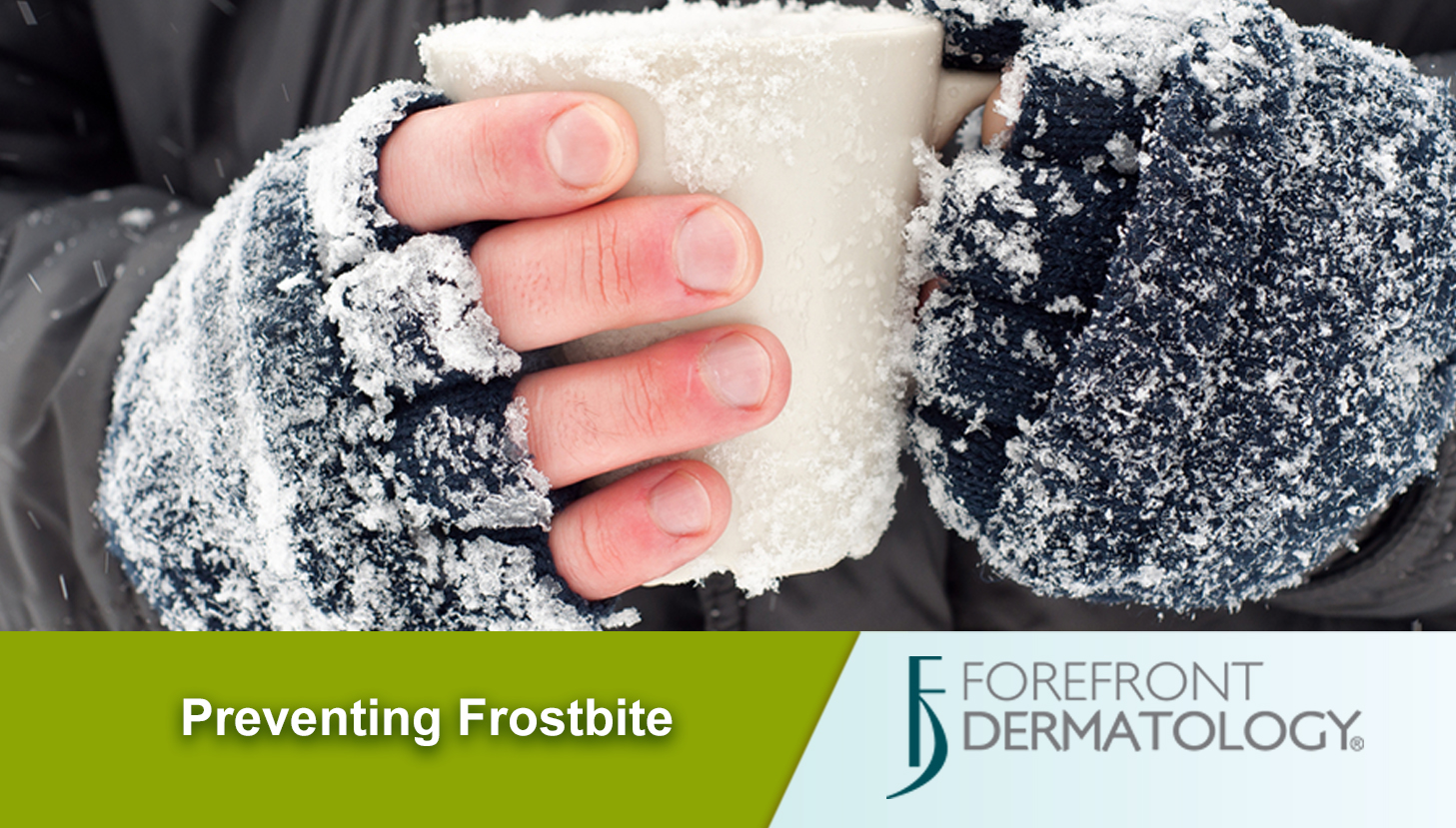Protecting Yourself And Your Family From Floods: Day 5

Table of Contents
Developing a Family Emergency Plan for Floods
A well-defined family emergency plan is your first line of defense against the chaos of a flood. This plan should cover communication, supplies, and evacuation routes. Thorough planning can significantly reduce stress and improve your chances of a safe outcome during a flood emergency.
Create a Communication Strategy
Effective communication is vital during a flood. Disruptions to cell service are common, so having multiple plans in place is essential for flood safety.
- Establish a primary and secondary contact person: Choose someone outside the potentially affected area who can act as a central point of contact for your family.
- Designate a meeting point: Select a safe location outside your home where everyone can regroup in case of separation. This could be a neighbor's house, a designated park, or a pre-arranged meeting point outside the flood zone.
- Utilize family communication apps or a pre-arranged check-in system: Apps like Family Locator or similar services can help you track family members. Alternatively, establish a regular check-in time and method (e.g., text message, phone call) to ensure everyone is safe.
- Ensure all family members know the plan: Practice your communication plan regularly, especially with children, so they understand what to do in an emergency. Regular drills will make your flood safety plan second nature.
Prepare an Emergency Supply Kit
Having a readily accessible emergency kit is paramount for flood safety. This kit should contain essential supplies to sustain your family for several days.
- Non-perishable food and water: Stock at least one gallon of water per person per day for a minimum of three days. Include non-perishable food items like canned goods, energy bars, and dried fruit.
- First-aid kit and medications: Ensure your first-aid kit is well-stocked and easily accessible. Include any necessary prescription medications and a list of allergies.
- Flashlights, batteries, and a battery-powered radio: These are crucial for staying informed during a power outage.
- Blankets, warm clothing, and waterproof bags: Keep essential documents and valuables in waterproof bags. Warm clothing is essential, even in warmer climates, as temperatures can drop after a flood.
- Pet supplies: If you have pets, include food, water, leashes, carriers, and any necessary medications for them.
- Regularly check and replenish your supplies: Check your kit's contents every six months and replace any expired items.
Identify Evacuation Routes and Shelters
Knowing your escape routes and potential shelters is critical for your flood safety plan.
- Know multiple evacuation routes: Identify at least two different routes from your home and neighborhood to avoid potential blockages.
- Locate nearby shelters: Research the location of nearby shelters and their contact information. Familiarize yourself with their capacity and any specific requirements.
- Plan alternative transportation options: Consider alternative transportation methods, such as public transport or a friend's vehicle, if your own is inaccessible due to flooding.
Securing Your Home Before a Flood
Taking proactive steps to protect your home can minimize flood damage and improve your overall flood safety.
Floodproofing Your Property
Floodproofing measures can significantly reduce the impact of a flood on your home.
- Elevate electrical outlets and appliances: Move electrical outlets and appliances to higher levels to prevent water damage.
- Install waterproof seals around doors and windows: Apply weather stripping or caulk to prevent water from seeping in.
- Construct barriers to prevent water from entering your home: Sandbags, commercially available flood barriers, and temporary dams can help divert floodwaters.
- Consider installing a sump pump with a backup generator: A sump pump can remove water from your basement, and a backup generator ensures it functions even during a power outage.
- Regularly maintain gutters and downspouts: Ensure that gutters and downspouts are clear of debris to improve drainage and prevent water from accumulating around your foundation.
Protecting Your Valuables
Protecting important documents and irreplaceable items should be a key part of your flood safety strategy.
- Move valuable documents, electronics, and irreplaceable items to higher floors or a safe location: Store these items in waterproof containers or sealed bags.
- Take photos or videos of your possessions for insurance purposes: This will help with insurance claims should your property be damaged.
- Consider purchasing flood insurance: Flood insurance can protect you from significant financial losses in the event of a flood. Understand your policy's coverage limitations.
Responding to a Flood Warning
Knowing how to react to a flood warning is critical for ensuring your flood safety.
Immediate Actions
Swift action when a flood warning is issued is paramount for flood safety.
- Monitor weather reports and heed official warnings: Pay close attention to weather alerts and follow instructions from local authorities.
- Move valuable items to higher ground: Relocate essential items to higher floors or a safe, dry location.
- Turn off utilities (gas, electricity, water) if it's safe to do so: This helps prevent electrical shocks and gas leaks. However, prioritize your safety – do not attempt this if it puts you at risk.
- Evacuate if instructed by authorities: Follow evacuation orders immediately.
- Never drive or walk through floodwaters: Floodwaters can be deceptively deep and swift, hiding dangers such as downed power lines and debris.
Post-Flood Actions
Returning home after a flood requires caution and preparedness for flood safety.
- Wait for official clearance before returning home: Authorities will assess the safety of the area before allowing residents to return.
- Wear protective gear when entering your home (boots, gloves): Floodwaters can contain harmful contaminants.
- Check for structural damage and gas leaks: Contact a qualified professional to inspect your home for structural damage and gas leaks before entering.
- Contact your insurance company to report damages: Document all damages with photos and videos.
- Dispose of contaminated materials properly: Follow local guidelines for disposing of flood-damaged items.
Conclusion
Protecting your family from floods requires proactive planning and preparation. By implementing the flood safety measures outlined above – creating a comprehensive emergency plan, securing your home, and responding effectively to flood warnings – you significantly reduce the risks and potential damage from flooding. Remember, consistent vigilance and preparedness are key to ensuring the safety and well-being of your family. Take action today to improve your family’s flood safety! Learn more about enhancing your flood preparedness and developing a robust flood safety plan.

Featured Posts
-
 Jrymt Mrwet Fy Frnsa Tfasyl Jdydt Hwl Mqtl Eaylt Wdfnha Dakhl Almnzl
May 26, 2025
Jrymt Mrwet Fy Frnsa Tfasyl Jdydt Hwl Mqtl Eaylt Wdfnha Dakhl Almnzl
May 26, 2025 -
 Exploring Jenson And The Fw 22 Extended Features And Improvements
May 26, 2025
Exploring Jenson And The Fw 22 Extended Features And Improvements
May 26, 2025 -
 Kiefer Sutherlands Reported Casting Fans React
May 26, 2025
Kiefer Sutherlands Reported Casting Fans React
May 26, 2025 -
 Mathieu Van Der Poels Tirreno Adriatico Bike Custom Canyon Aeroad Details
May 26, 2025
Mathieu Van Der Poels Tirreno Adriatico Bike Custom Canyon Aeroad Details
May 26, 2025 -
 Cyberattack Costs Marks And Spencer 300 Million Full Impact Assessment
May 26, 2025
Cyberattack Costs Marks And Spencer 300 Million Full Impact Assessment
May 26, 2025
Latest Posts
-
 John Haliburtons Dad Returns To Pacers Games After Nba Ban
May 28, 2025
John Haliburtons Dad Returns To Pacers Games After Nba Ban
May 28, 2025 -
 Nba Playoffs Pacers Vs Knicks Game 2 Tyrese Haliburton Prop Bets And Predictions
May 28, 2025
Nba Playoffs Pacers Vs Knicks Game 2 Tyrese Haliburton Prop Bets And Predictions
May 28, 2025 -
 Tyrese Haliburtons Impact Game 2 Pacers Vs Knicks Betting Analysis And Picks
May 28, 2025
Tyrese Haliburtons Impact Game 2 Pacers Vs Knicks Betting Analysis And Picks
May 28, 2025 -
 Pacers Vs Knicks Game 2 Tyrese Haliburton Performance Predictions And Betting Odds
May 28, 2025
Pacers Vs Knicks Game 2 Tyrese Haliburton Performance Predictions And Betting Odds
May 28, 2025 -
 Tyrese Haliburton Pacers Vs Knicks Game 2 Picks Predictions And Best Bets
May 28, 2025
Tyrese Haliburton Pacers Vs Knicks Game 2 Picks Predictions And Best Bets
May 28, 2025
